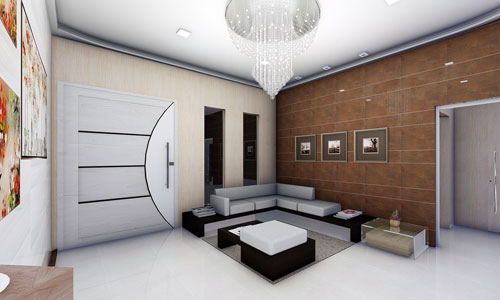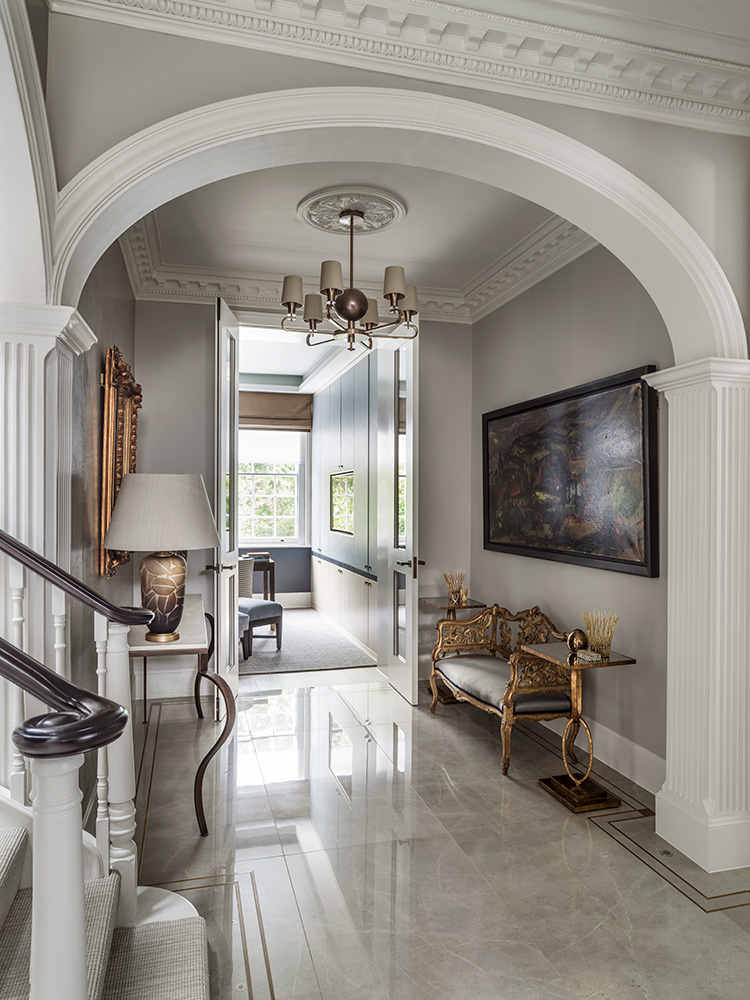Leading Hampshire Architects for Custom and Innovative Designs
Leading Hampshire Architects for Custom and Innovative Designs
Blog Article
Taking Full Advantage Of Aesthetic Appeal: The Synergy Between Interior Design and Home Engineer Methods
Comprehending the subtle interaction in between interior layout and home architecture can considerably elevate the aesthetic appeal of a living room. This marriage of style techniques includes a thoughtful assimilation of architectural components with indoor designs, and a skillful application of concepts such as rhythm, balance, and contrast. As we explore this synergy, we will discover ways to create practical and visually striking environments that not only mirror personal design, yet additionally adjust to the dynamic demands of modern living.
Understanding the Essentials: Defining Interior Design and Home Architecture
Interior style and home design, frequently intertwined, stand for the architectural and visual elements of our living areas. Inside layout is a multifaceted self-control that includes developing practical, safe, and visually pleasing spaces inside a building. On the other hand, home architecture primarily concentrates on the solid structure of a building.
The Synergy Discussed: How Indoor Style and Home Style Intersect
Understanding the synergy between indoor design and home style can unlock a globe of imagination and functionality. When discussing this intersection, the influence of architecture on interiors is an essential element to consider. This conversation will certainly focus on the unifying design principles that mix these 2 fields into a harmonious whole
Unifying Design Principles
While it may seem that interior decoration and home design are two unique self-controls, they are in fact deeply interconnected, developing a synergy that is important for creating harmonious space. Unifying design principles are the pillars that facilitate this synergy. The principles include equilibrium, rhythm, harmony, emphasis, and comparison. These elements coalesce to supply a cohesive visual appeal. Balance produces a sense of security, rhythm supplies a sense of activity, consistency makes sure unity, contrast stimulates interest, and emphasis attracts attention to vital components. The strategic application of these concepts allows a seamless mix of aesthetics and feature, enhancing the overall experience of the space. In significance, these concepts serve as the bridge, joining interior decoration and building methods.
Architectural Influence on Insides
When one takes into consideration the building influence on insides,The intertwining of indoor layout and architecture comes to be also more evident. Architectural components are intrinsic to a space's functionality and visual appeals, shaping the style from the beginning. Columns, stairs, beams or arches, for example, serve both ornamental and structural purposes. They can divide spaces, create prime focus or imbue a space with a certain vibe. Consideration of light, texture, and percentage also stem from architectural influences. Inevitably, design mold and mildews the canvas upon which interior developers function. Their harmony is therefore obvious: design develops the structure, which interior layout improves with color, texture, and design. This symbiotic connection makes certain an unified balance in between function and elegance, maximizing the aesthetic appeal of any kind of space.
Key Concepts in Integrating Interior Design and Home Architecture
Striking an equilibrium in between performance and aesthetic appeal is a basic element of balancing interior design and home design. A just as crucial principle is the combination of lasting design to create green and energy-efficient homes. Understanding and checking out numerous building designs can likewise play a vital role in accomplishing an unified design. Luxury home architect.

Stabilizing Capability and Looks
Balancing functionality and appearances in interior design and home design becomes among the vital principles to take into consideration. This fragile balance requires a precise mix of usefulness and charm, aiming to develop areas that are not just visually pleasing yet also offer their desired objective successfully. Appearance boosts the mood and affects the assumption of room, whereas capability makes certain usability and convenience. Key to this balance is a thoughtful choice of aspects such as shade, appearance, and lighting, which have to match each various other while serving their private roles. Just as important is the effective setup of the area, with a tactical format adding dramatically to the synergy between functionality and appearances. This unified blend ultimately boosts the lifestyle for the passengers.
Sustainable Design Assimilation
In preserving the stability between capability and appearances, one should also take into consideration the assimilation of sustainable style concepts. This method not only boosts the aesthetic charm of an area however additionally guarantees its durability and decreased ecological impact. The vital hinge on selecting products that are eco-friendly, resilient, and appealing. This includes natural, recycled, or low-impact materials that add to a much healthier and much more sustainable world. Developers and architects can likewise integrate energy-efficient systems, such as energy-saving appliances or solar panels. Furthermore, making sure good interior air high quality through sufficient natural illumination and ventilation is crucial. For that reason, an unified fusion of interior decoration and home design, guided by sustainability, can create spaces that are beautiful, practical, and environmentally pleasant.
Discovering Architectural Designs
While there are a huge selection of architectural designs to explore, it is important to recognize that each one brings its distinct principles that can dramatically influence the harmonization of indoor layout and home architecture. Clicking Here These styles, varying from the ornate Baroque to the minimal Modernist, carry distinct ideologies and aesthetic appeals that, when correctly recognized and made use of, can create homes that are not only visually stunning but additionally harmoniously incorporated in regards to layout and style. Picking a building style is not simply about individual aesthetic preference; it has to do with choosing a style language that speaks with the home owner's lifestyle, ideology, and aspirations, developing a home that is a real reflection of its residents.
Case Researches: Extraordinary Examples of Design and Design Harmony
Digging right into some extraordinary case he said researches offers an extensive understanding of exactly how design and design can harmoniously merge to develop compelling and practical rooms. Wright's design masterfully incorporates the home with its bordering landscape, while the indoor mirrors the outside's natural kinds. These instances illustrate the importance of harmony in between indoor design and design in accomplishing aesthetic and useful success.
Practical Tips: Enhancing Your Home's Visual Charm
Attracting motivation from the case research studies of building and design synergy, house owners also can execute some useful strategies to improve their home's aesthetic appeal. A harmonious blend of colors, textures, and lighting can enhance a room, producing a warm and welcoming environment. Selecting furniture that enhances the building aspects of your home can foster a sense of unity. Wall surface art and style pieces can add character, reflecting individual style and taste. Including plant, either via indoor plants or views to the outdoors, can bring an aspect of nature, delivering a calming impact. Creative usage of mirrors can open up a space, giving an impression of a bigger location. Eventually, the visual appeal depends on stabilizing performance with layout, producing a home that is both stunning and livable.

Future Trends: Exactly How Modern Techniques Are Altering Interior Design and Architecture
As the world develops, so do the trends in Click Here interior layout and design. Modern methods are significantly focusing on sustainability, integrating energy-efficient styles and environment-friendly products. These trends reflect a shift towards layouts that are not simply visually pleasing, but additionally eco conscious, technologically progressed, and adaptable to altering way of livings.
Verdict
To conclude, the combination of indoor layout and home architecture techniques is a vibrant method to boosting aesthetic appeal. By leveraging crucial principles like rhythm, equilibrium, and contrast, and integrating components of modern living, designers can develop versatile, visually pleasing environments. Through recognizing this synergy, property owners can make educated decisions that not just elevate their space but additionally add to their general wellness.
Understanding the subtle interplay between indoor style and home style can considerably elevate the aesthetic allure of a living space.Interior layout and home architecture, usually intertwined, stand for the structural and aesthetic elements of our living spaces.While it might seem that indoor design and home design are two unique self-controls, they are in fact deeply interconnected, developing a harmony that is vital for developing harmonious living rooms.The intertwining of indoor style and style ends up being even a lot more noticeable when one takes into consideration the building impact on insides. A harmonious combination of indoor layout and home style, guided by sustainability, can develop rooms that are beautiful, useful, and eco pleasant.
Report this page